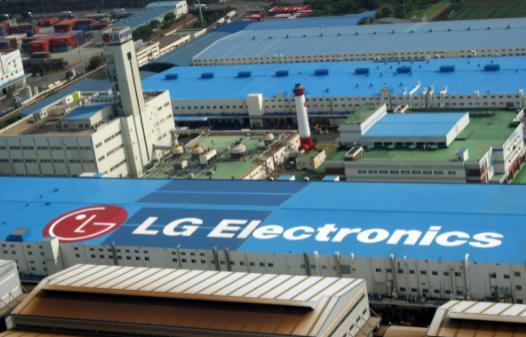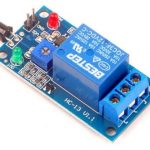LG Innotek said Tuesday that it will spend 413 billion won to manufacture FC-BGA, according to Korean media outlet The Elec.
The amount is similar to the amount LG Innotek considered last year, sources said. LG Innotek had considered expanding the investment to 1 trillion won, but resumed the original plan at the end of last year, the sources said.

LG Innotek will soon be able to produce FC-BGA next year. this is due to the fact that the delivery time for some key equipment needed for production, such as lithography and laminating machines, has been extended to more than a year due to the New Crown pandemic. The lead time for this equipment was approximately six months prior to the New Crown pandemic.
FC-BGA (Flip Chip Ball Grid Array), a package format known as flip chip ball grid array, is also a very dominant package format for graphics accelerated chips. This packaging technology began in the 1960s when IBM developed the so-called C4 (Controlled Collapse Chip Connection) technology for the assembly of large computers, and then further developed into the use of surface tension of molten bumps to support the weight of the chip and control the height of the bumps, and became the development direction of flip chip technology.
What are the advantages of FC-BGA? First, it solves the electromagnetic compatibility (EMC) and electromagnetic interference (EMI) problems. Generally speaking, the signal transmission of chips using WireBond packaging technology is carried out through metal wires of a certain length, which, at high frequencies, creates a so-called impedance effect and forms an obstacle in the signal path; however, FC-BGA uses small balls instead of the original pins to connect the processor.
This package uses a total of 479 balls, all 0.78 mm in diameter, providing a very short external connection distance. The use of this package not only provides excellent electrical performance, but also reduces the loss and inductance between component interconnections, reduces the problem of electromagnetic interference, and withstands higher frequencies, breaking the overclocking limit becomes possible.
Secondly, when display chip designers embed increasingly dense circuits in the same silicon area, the number of input and output terminals and pins will rapidly increase, and another advantage of FC-BGA is that it can increase the density of I / O. Generally speaking, with WireBond technology, the I/O leads are arranged around the chip, but with FC-BGA, the I/O leads can be arranged in an array on the surface of the chip, providing a higher density I/O layout and generating a very good usage efficiency.
Very later, in the new generation of high-speed, highly integrated display chips, heat dissipation will be a major challenge. Based on FC-BGA’s unique flip-chip package, the back side of the chip can come into contact with air and directly dissipate heat. At the same time, the substrate can also be made more efficient through a metal layer, or a metal heat sink can be added to the back of the chip to further strengthen the chip’s ability to dissipate heat and significantly improve the stability of the chip during high-speed operation.
Due to the advantages of FC-BGA packaging, almost all graphics accelerator chips are packaged in FC-BGA.



